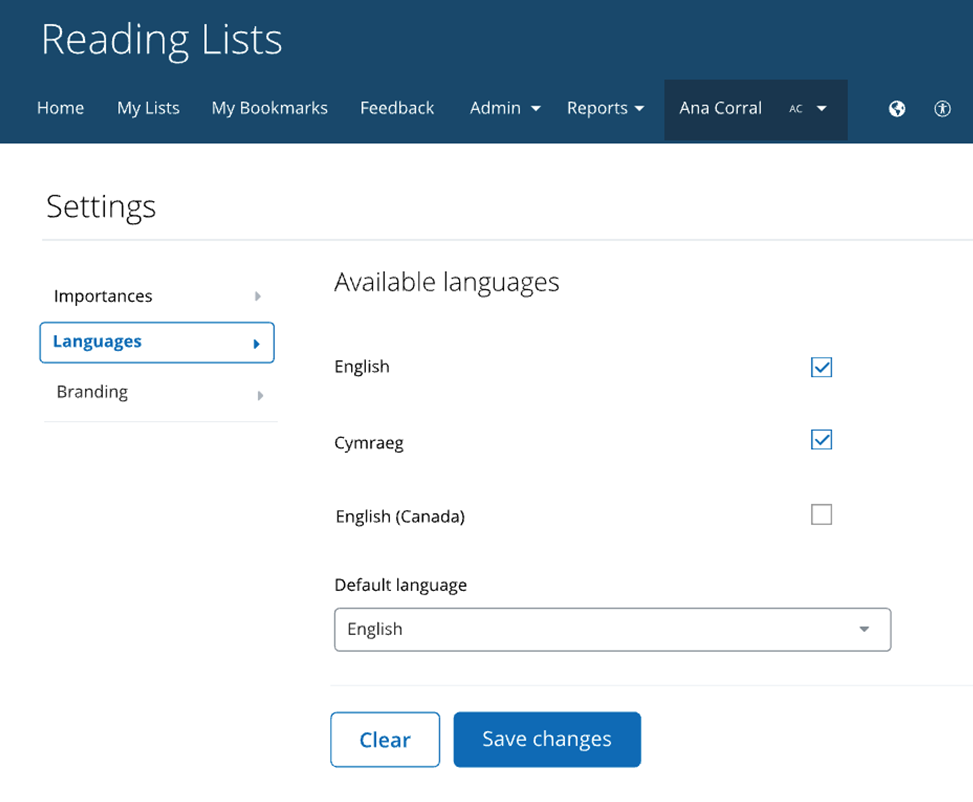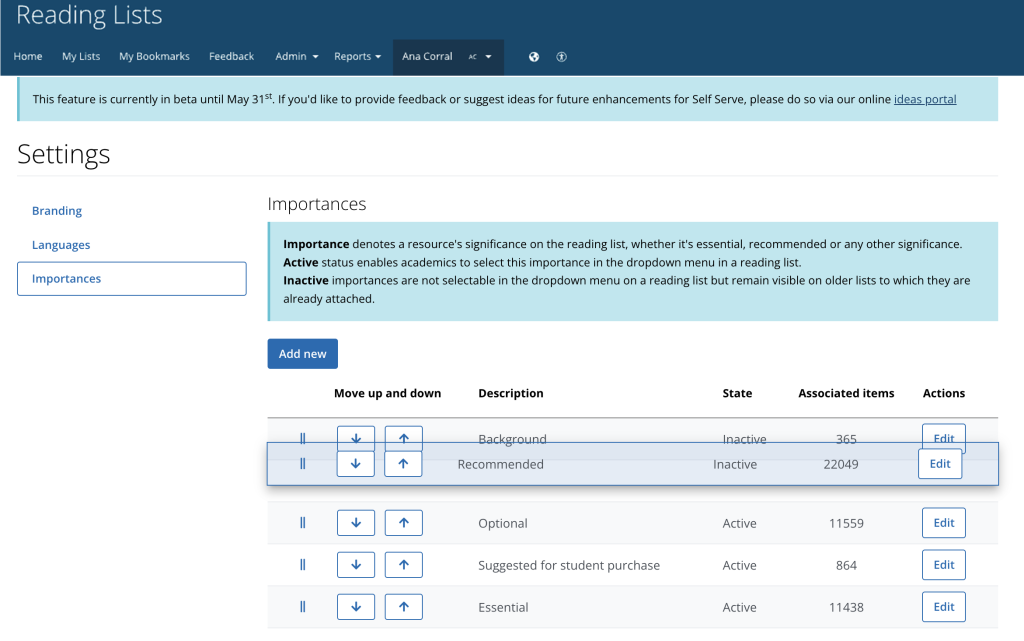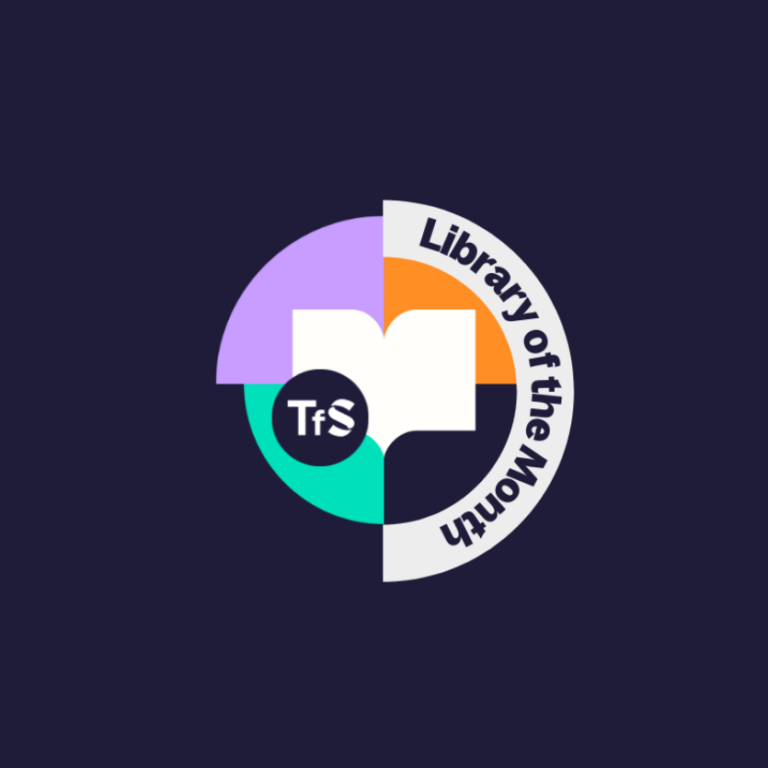We are excited to share that we’ve introduced new self-serve settings that will streamline the way librarians work with Talis Aspire: The online resource list management system loved by over 100 universities worldwide.
This latest release enables Talis Aspire customers to self-serve configuration of settings, including language, branding, and resource item importance – without needing to raise a support ticket. This empowers librarians to customize the resource list management system to their institution’s specific needs and tailor the experience for their users.
This release is part of our ongoing theme of development to empower librarians and we will continue to move more settings into the hands of users to be able to customize and control throughout 2024 and beyond.
About Talis Aspire
Talis Aspire is an online resource list management platform that fully integrates with your library ecosystem. It connects faculty and students with relevant library holdings, dramatically reducing resource list admin and provides the library with useful insights to streamline acquisition.
What can librarians now customize via self-serve
A new ‘Settings’ area has been created, where users with a System Administrators role and specific users chosen by each institution, can adjust their tenancy of Talis Aspire. We will be continually adding more settings to this area for self-service, with this first phase of settings enabling users to:
- Change language settings
- Update branding
- Select item importance options
Language settings
Customers can set a default language on their Talis Aspire tenancy to display for all users and can also select up to three languages for their users to choose from (English, Welsh and Canadian English) with American English being added in the future.

Branding settings
Customers are able to self-customize how Talis Aspire reading lists appear for their users to align with their institutional branding, including brand colors, the ability to easily update their institutional logo and hyperlink to their website, and edit headers and footers. This provides a recognizable and seamless experience for faculty building lists and students reading the lists.

Item importance
Customers can now tailor the options presented to faculty and list builders to select when noting the importance of items they add to resource lists, to better reflect specific requirements at their institution. Importance options can be reordered by drag and drop, be set as active or inactive to show to or hide from patrons, and librarians can view how many associated items are linked to each importance option.

Benefits for libraries
Puts control back in the library’s hands
We understand the importance of giving libraries greater control and autonomy of their Talis Aspire experience. At its core, self-service puts control back where it belongs – in the library’s hands.
Greater visibility
Self-service also gives librarians greater visibility of just how many custom options are available in Talis Aspire, with straightforward access to customize their instance of Talis Aspire.
Saves time
Importantly, self-service of customization saves librarians valuable time as it removes the need to contact the Talis support team or raise a support ticket to make changes to their Talis Aspire tenancy.
Want to try out Talis Aspire?
If you want to try it out, get in touch with us to get a customized demonstration.



